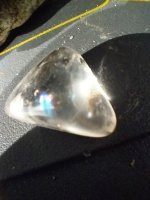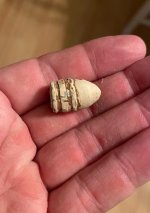cz70pro
Full Member
Effective "short range" of LRL'S
As a first time poster on TN,I will stay netural on the whole LRL topic.However: To those who have used,or have had success with LRL'S can these things "detect" objects only a few feet away? What about searching demolished/torn down houses,abandoned property,etc? Thanks.
As a first time poster on TN,I will stay netural on the whole LRL topic.However: To those who have used,or have had success with LRL'S can these things "detect" objects only a few feet away? What about searching demolished/torn down houses,abandoned property,etc? Thanks.




